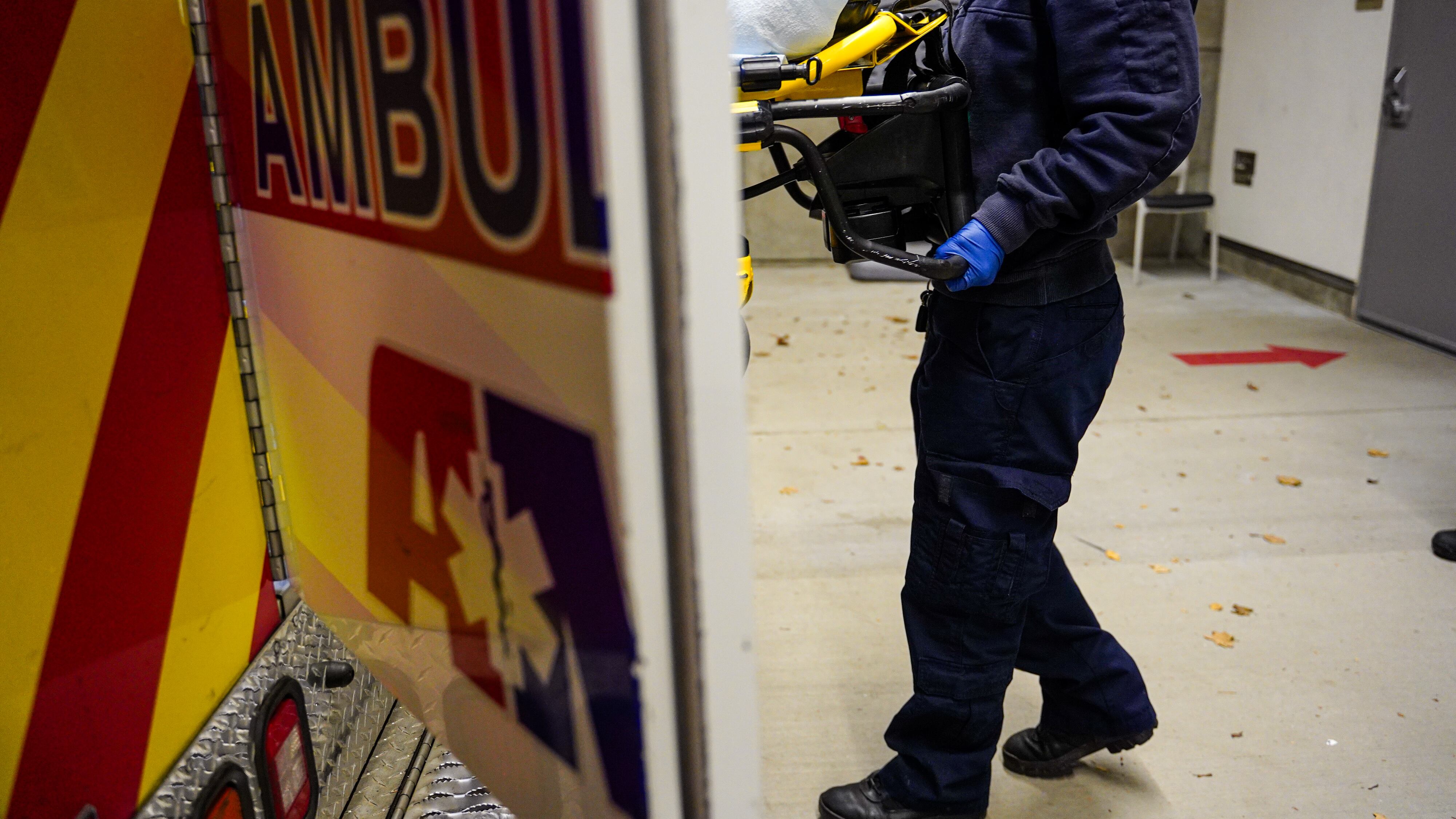For much of the year, Multnomah County contractor American Medical Response has been unable to staff enough paramedics to respond to a recent rise in call volumes. The result: slower ambulances. Since last March, AMR hasn’t been meeting response time standards outlined in its contract with the county.
Last week, after WW obtained data showing that no ambulance was available approximately 10% of the time dispatchers requested one, Multnomah County Chair Jessica Vega Pederson ordered the county health department to address the problem, and potentially levy fines against AMR. Her former political rival, Commissioner Sharon Meieran, says the blame belongs to the county for not relaxing staffing requirements for the ambulances.
Here are answers to some frequently asked questions about the crisis.
What’s behind the rise in calls and accompanying staffing crisis?
Austin DePaolo, the business representative for the paramedics’ union, listed the reasons in an interview with WW. The fentanyl deluge and the accompanying overdoses. A rise in mental health calls. Senior centers using 911 as a ride to the Veterans Affairs office. Meanwhile, long shifts, more assaults, and a rise in call volume has taken a toll on paramedic morale. AMR says applications for open positions have fallen by more than half. “They don’t want to be a glorified taxi service,” DePaolo says.
How many ambulances are arriving late?
In more than 5,000 instances since the county started keeping track Jan. 17, an ambulance has not been available when a dispatcher requested medical assistance. That resulted in late ambulances: In February, only 68% arrived within eight minutes in urban areas. The standard is 90%.
Has anyone died in Multnomah County because of a late ambulance?
In late April, ambulances took more than 30 minutes to arrive at the scene of a hit-and-run in Northeast Portland. The victim died shortly thereafter, leading to widespread speculation that a faster ambulance response could have saved a life.
But not necessarily, says Dr. Jonathan Jui, the medical director of the county’s emergency medical services. The survival rate from that kind of blunt trauma is less than 5%, and the medical examiner still hasn’t released a cause of death. Jui says he’s unaware of any “adverse effects” from delayed ambulances. Still, he notes, “It’s obvious to everyone that this is not an optimal response.”
How does AMR say it can fix the problem?
AMR ramped up its recruiting efforts last year to no avail. Now it’s proposing Multnomah County abandon its long-standing policy of requiring that ambulances be staffed by two paramedics, and move to the “one plus one” model used in neighboring counties, in which one paramedic is swapped out for an emergency medical technician, or EMT. (Paramedics are more highly trained than EMTs and can perform more advanced medical procedures.)
Randy Lauer, AMR’s vice president of operations in the Northwest region, says he’s sent studies to the county showing it doesn’t affect patient care. “The county has the information,” he says. “It’s just they’re not willing to do it.” In recent weeks, Commissioner Meiran has become a vocal advocate for the shift.
What does the county say?
Jui discounts those studies, saying there’s “no data one way or the other.” Other cities, like Seattle, New York and Denver, all have the same two-paramedic policies as Portland—and deviating from it, he believes, would be a recipe for disaster. “When you have a critical patient, two paramedics or even more is optimal,” he tells WW. “It’s a patient safety issue.”
Instead, Jui wants to send ambulances with two EMTs to lower-acuity calls. But that’s proven difficult, the county says, because AMR has not hired them. Right now, there’s only a few such “basic life support” ambulances on the road in Multnomah County. “We really need to look at this alternative workforce,” acknowledges Aaron Monnig, the county’s EMS operations manager. But, that’s easier said than done. There’s a national shortage of EMTs, too.
What’s going to happen next?
AMR is pulling every string it can to free up more paramedics. In April, it walked back a new policy that spared paramedics being sent out on calls at the tail end of their shifts. That infuriated their union, which had won the concession in 2022 in exchange for lower wages, DePaolo says. The union filed a grievance in protest earlier this month.
And, on June 12, AMR told officials in Washington County, where it took over the ambulance contract and will begin providing service in August, that it would bring in paramedics from out of state if it had to in order to fulfill staffing requirements.
Multnomah County has so far declined to fine AMR, citing a nationwide shortage of paramedics. But that could soon change. In a statement released to WW last week, Multnomah County Chair Jessica Vega Pederson said she’s “directed the health department and county legal to analyze and update their recommendations on the ambulance response time issue.” She mentioned fines as an option. Vega Pederson is particularly displeased that AMR has accepted a new contract in Washington County when its performance in Multnomah County is so dismal.

